You Are Here:Home > Information dynamics
> Industry dynamics
NEWS CENTER
Recommended news
- How is the structural stability of heavy-duty storage shelves
- Where are the main locations for red wine shelves
- Where are the customized display shelves mainly used
- How to promote commodity sales on the shelves of wanghong snack shop
- What are the applications of medium-sized storage shelves in logistics centers
Recommended products
How is the structural stability of heavy-duty storage shelves
source:www.hanming.net.cn | Release time:2025-05-05
The structural stability of heavy-duty storage shelves is usually strong, which is determined by multiple factors such as their design characteristics, material selection, and manufacturing processes, as follows:
1. Reasonable structural design
Column structure: The columns of heavy-duty storage shelves are usually made of high-quality steel and have large cross-sectional dimensions and thickness, which can withstand large vertical loads. Multiple card slots or holes are usually designed on the column to connect the crossbeam and other accessories, which can increase the overall rigidity and stability of the shelf.
Beam connection: The connection method between the beam and the column is crucial. Common connection methods include bolt connection, locking connection, etc. These connection methods can ensure a firm and reliable connection between the crossbeam and the column, and are not prone to loosening or deformation when bearing the weight of goods. Some excellent connection techniques can also form a unified frame structure between the crossbeam and the column, effectively dispersing the weight of goods and improving the stability of the shelves.
Support structure: In order to enhance the stability of the shelf, heavy storage shelves will also be equipped with various support structures, such as slant support, back bracing, etc. Slant support can provide additional support force on the side of the shelf to prevent the shelf from shaking in the horizontal direction; Back support can enhance the stability of the back of the shelf, avoiding deformation when the shelf is impacted by external forces.
2. Excellent material selection
High strength steel: Heavy duty storage shelves are usually made of high-strength steel, such as Q235, Q345 and other types of steel. These steels have high yield strength and tensile strength, and can withstand large loads without plastic deformation or fracture. At the same time, the toughness of steel is also good. When subjected to a certain degree of external impact, it can absorb energy through its own deformation, thereby protecting the overall structure of the shelf from damage.
Surface treatment: In order to improve the corrosion resistance and wear resistance of steel and extend the service life of shelves, the steel of heavy-duty storage shelves is usually subjected to surface treatment, such as galvanizing, spraying, etc. These surface treatment processes can form a protective film on the surface of steel, preventing it from coming into contact with substances such as air and moisture, thereby reducing the possibility of corrosion and rust. Good surface treatment can not only improve the appearance quality of shelves, but also ensure that the structural stability of shelves is not affected by corrosion factors.
3. Correct manufacturing process
Welding process: Welding is a critical process in the manufacturing of heavy-duty storage shelves. By using excellent welding equipment and technology, the quality and strength of the weld seam can be guaranteed. Professional welding workers will perform correct welding operations based on the structural characteristics and welding requirements of the shelves, ensuring that the welds are uniform, firm, and free of defects such as virtual welding and leakage. High quality welds can tightly connect the various components of the shelf together, forming a stable overall structure.
Processing accuracy: The various components of heavy-duty storage shelves need to ensure high accuracy during the processing, such as the verticality of columns, the straightness of beams, and the dimensional accuracy of hole positions. The correct machining dimensions can make the fit between various components tighter and the connection more stable. For example, the precise size of the card slots or holes on the column can ensure a small gap between the crossbeam and the column, thereby improving the overall stability of the shelf.
In addition, during the installation process of heavy-duty storage shelves, professional personnel are required to operate according to strict installation specifications to ensure the installation accuracy and stability of the shelves. At the same time, regular inspections and maintenance also help to promptly identify and address potential issues with the shelves, ensuring their structural stability.
1. Reasonable structural design
Column structure: The columns of heavy-duty storage shelves are usually made of high-quality steel and have large cross-sectional dimensions and thickness, which can withstand large vertical loads. Multiple card slots or holes are usually designed on the column to connect the crossbeam and other accessories, which can increase the overall rigidity and stability of the shelf.
Beam connection: The connection method between the beam and the column is crucial. Common connection methods include bolt connection, locking connection, etc. These connection methods can ensure a firm and reliable connection between the crossbeam and the column, and are not prone to loosening or deformation when bearing the weight of goods. Some excellent connection techniques can also form a unified frame structure between the crossbeam and the column, effectively dispersing the weight of goods and improving the stability of the shelves.
Support structure: In order to enhance the stability of the shelf, heavy storage shelves will also be equipped with various support structures, such as slant support, back bracing, etc. Slant support can provide additional support force on the side of the shelf to prevent the shelf from shaking in the horizontal direction; Back support can enhance the stability of the back of the shelf, avoiding deformation when the shelf is impacted by external forces.
2. Excellent material selection
High strength steel: Heavy duty storage shelves are usually made of high-strength steel, such as Q235, Q345 and other types of steel. These steels have high yield strength and tensile strength, and can withstand large loads without plastic deformation or fracture. At the same time, the toughness of steel is also good. When subjected to a certain degree of external impact, it can absorb energy through its own deformation, thereby protecting the overall structure of the shelf from damage.
Surface treatment: In order to improve the corrosion resistance and wear resistance of steel and extend the service life of shelves, the steel of heavy-duty storage shelves is usually subjected to surface treatment, such as galvanizing, spraying, etc. These surface treatment processes can form a protective film on the surface of steel, preventing it from coming into contact with substances such as air and moisture, thereby reducing the possibility of corrosion and rust. Good surface treatment can not only improve the appearance quality of shelves, but also ensure that the structural stability of shelves is not affected by corrosion factors.
3. Correct manufacturing process
Welding process: Welding is a critical process in the manufacturing of heavy-duty storage shelves. By using excellent welding equipment and technology, the quality and strength of the weld seam can be guaranteed. Professional welding workers will perform correct welding operations based on the structural characteristics and welding requirements of the shelves, ensuring that the welds are uniform, firm, and free of defects such as virtual welding and leakage. High quality welds can tightly connect the various components of the shelf together, forming a stable overall structure.
Processing accuracy: The various components of heavy-duty storage shelves need to ensure high accuracy during the processing, such as the verticality of columns, the straightness of beams, and the dimensional accuracy of hole positions. The correct machining dimensions can make the fit between various components tighter and the connection more stable. For example, the precise size of the card slots or holes on the column can ensure a small gap between the crossbeam and the column, thereby improving the overall stability of the shelf.
In addition, during the installation process of heavy-duty storage shelves, professional personnel are required to operate according to strict installation specifications to ensure the installation accuracy and stability of the shelves. At the same time, regular inspections and maintenance also help to promptly identify and address potential issues with the shelves, ensuring their structural stability.
Previous:
period
Next:
Where are the main locations for red wine shelves
【Related articles】
【Related Products】
Consultation hotline0512-52436990

- Product series
- Storage shelves
- Supermarket shelves
- Scenario display
- Supermarket shelves
- Cashier
- Wall shelf
- product display
- other parts
- product display
- Kitchen supplies
- Cleaning supplies
- Fruit and vegetable food
- Maternal and Child Home Furnishings
- About Us
- Website homepage
- About Us
- Contact Us
- News Center
- MESSAGE
 WeChat:
WeChat:

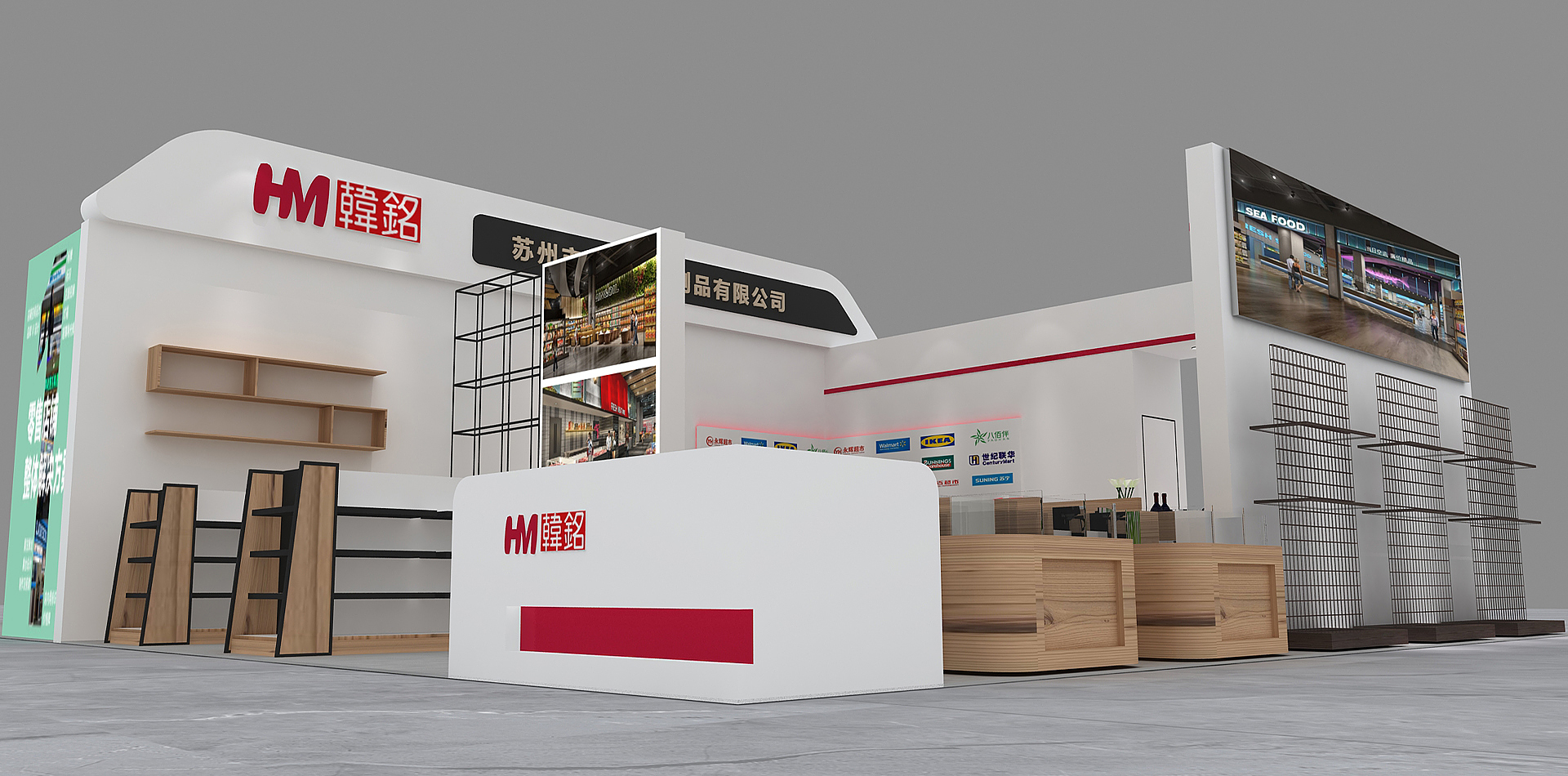
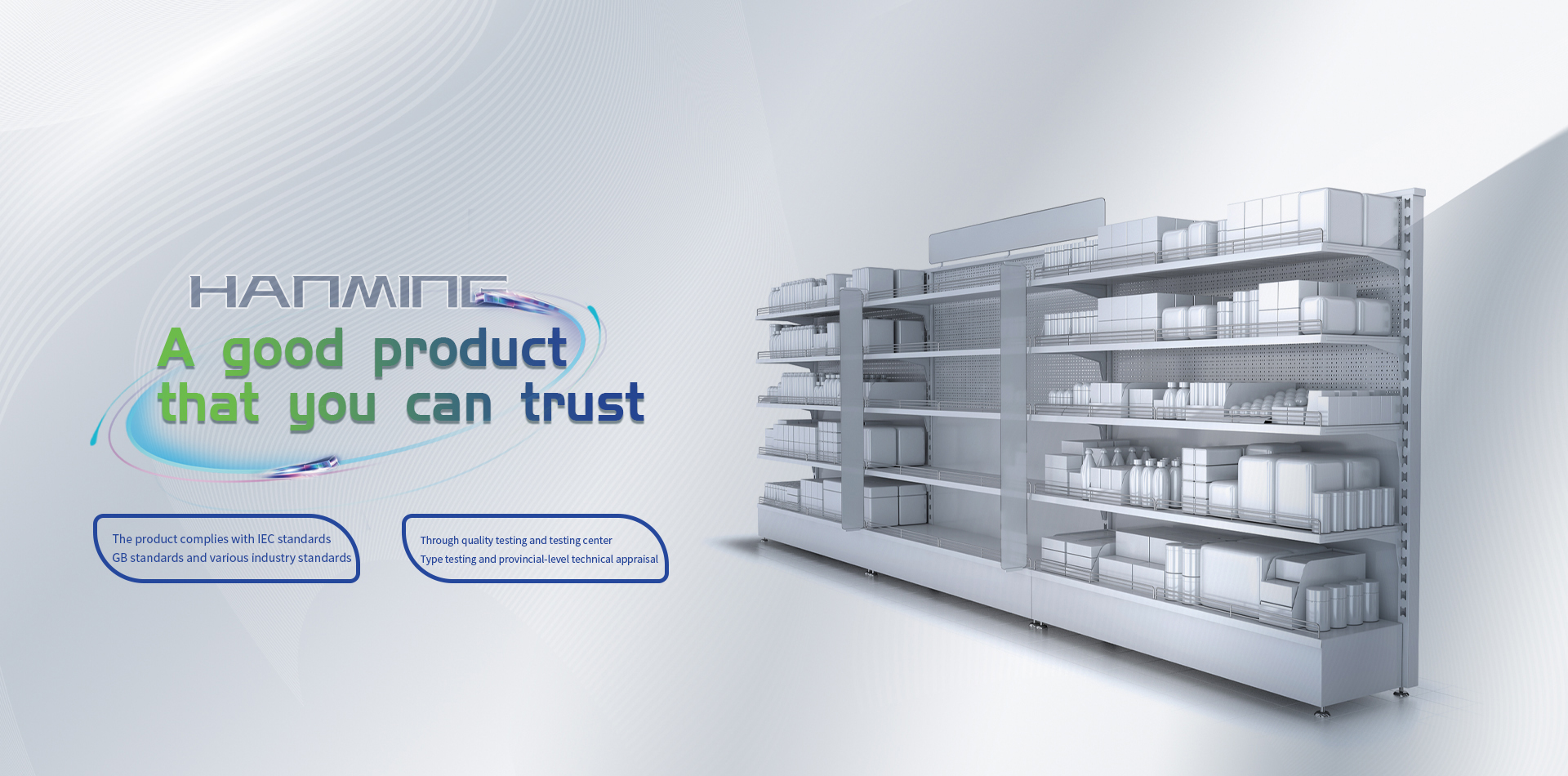


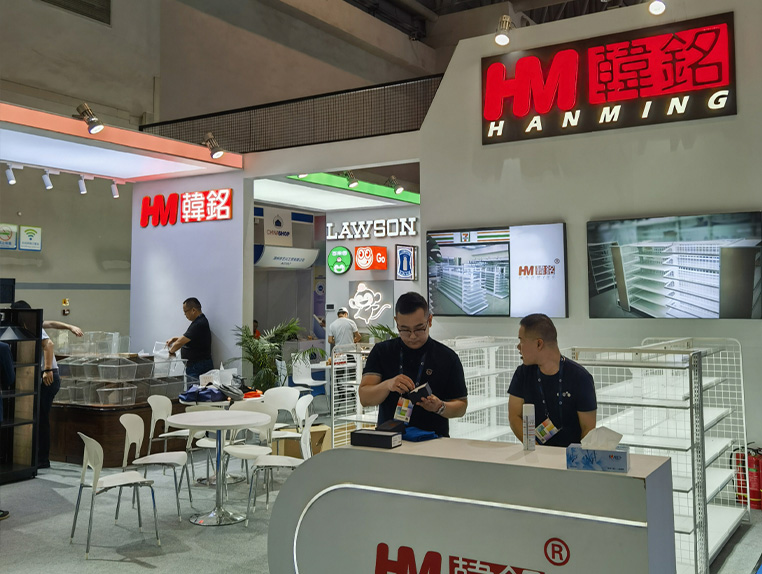
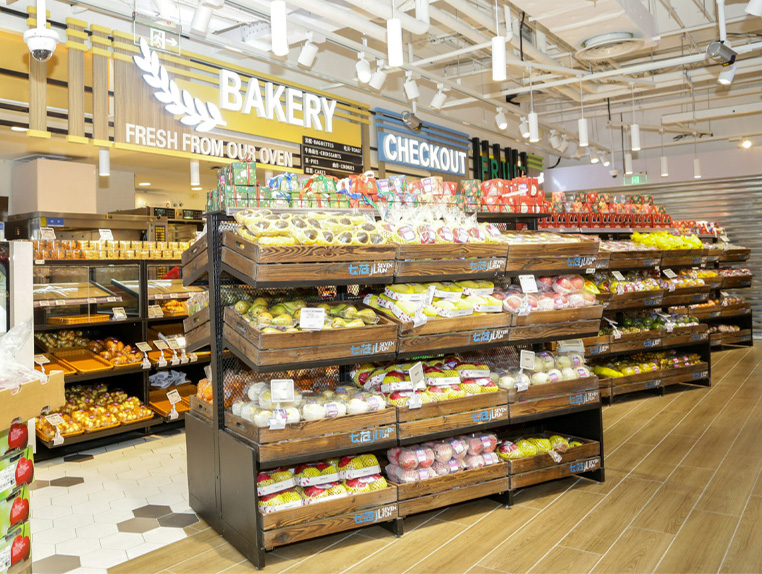
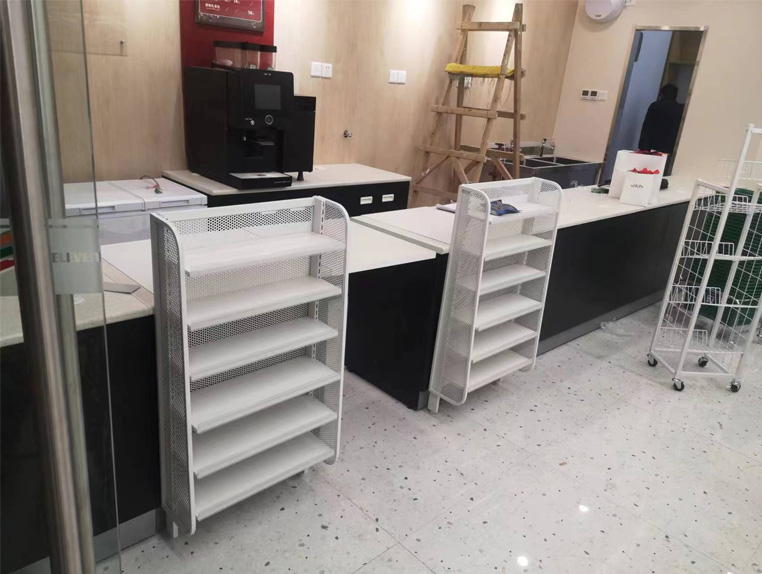

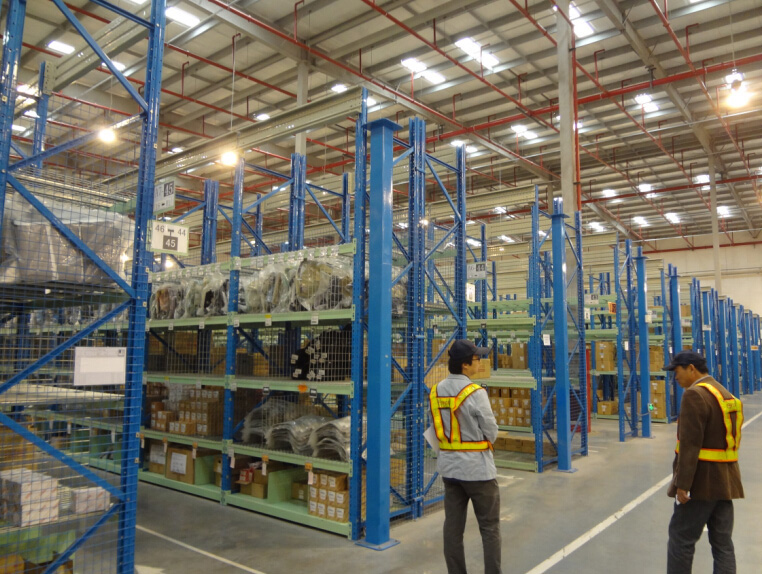
 home
home
 WeChat
WeChat
 telephone
telephone